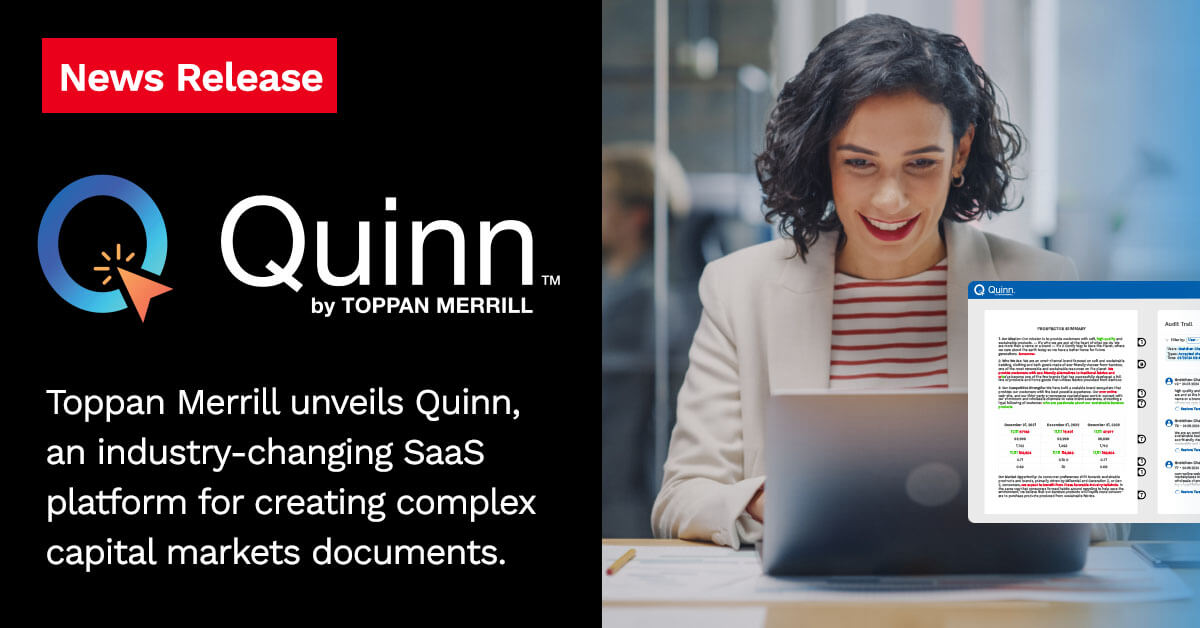
Toppan Merrill announces new Quinn platform to broad market acceptance
Consultative technology leader backed by 55+ years of industry and service expertise NEW YORK and ST. PAUL, Dec. 22, 2025...
On The Dot (Episode 12): The ETF share class structure represents a significant modernization in the asset management industry. Investors are drawn to ETFs for their relatively low cost, intraday tradability, transparency, tax efficiency, and exposure to specific markets or strategies.









